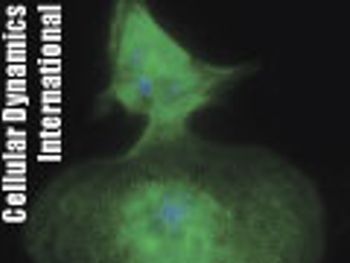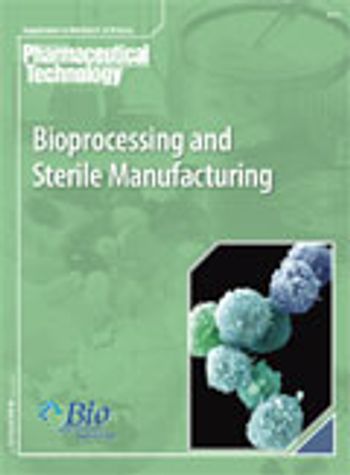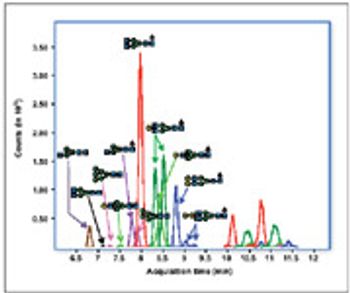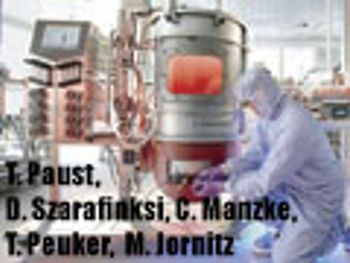
The author reviews the benefits, challenges, and considerations to be made when selecting a gamma-irradiation sterilization method.

The author reviews the benefits, challenges, and considerations to be made when selecting a gamma-irradiation sterilization method.

The authors describe an industrialized process for the manufacture of iPSC-derived human cardiomyocytes. This article is part of a special issue on Bioprocessing and Sterile Manufacturing.

Single-use technologies can help simplify equipment and facility design, thus bringing cost advantages. But how are these cost advantages realized and what criteria can be used to assess their impact? This article is part of a special issue on Bioprocessing and Sterile Manufacturing.

The second annual Pharmaceutical Technology Bioprocessing Survey offers a snapshot of the industry following 2009's megamergers.

The author examines the use and advantages of disposable technologies in the fill–finish of sterile pharmaceutical products and how these technologies can reduce costs and time in producing clinical-trial materials.

Pharmaceutical Technology talked to drugmakers, equipment vendors, and service providers to learn more about the advantages and disadvantages of rapid microbial-detection methods.

The authors describe a new microfluidic-based workflow that integrates and automates glycan cleaveage, purification, and chromatographic separation onto a microfluidic liquid chromatography–mass spectrometry chip for MS detection.

The authors propose a process-centric approach for carrying out aseptic-processing and suggest further dialogue. This articles contains bonus online-exclusive material.

A Q&A with GE Healthcare

The authors propose increased use of single-use technologies in biopharmaceutical manufacturing to achieve operational excellence without compromising product quality.